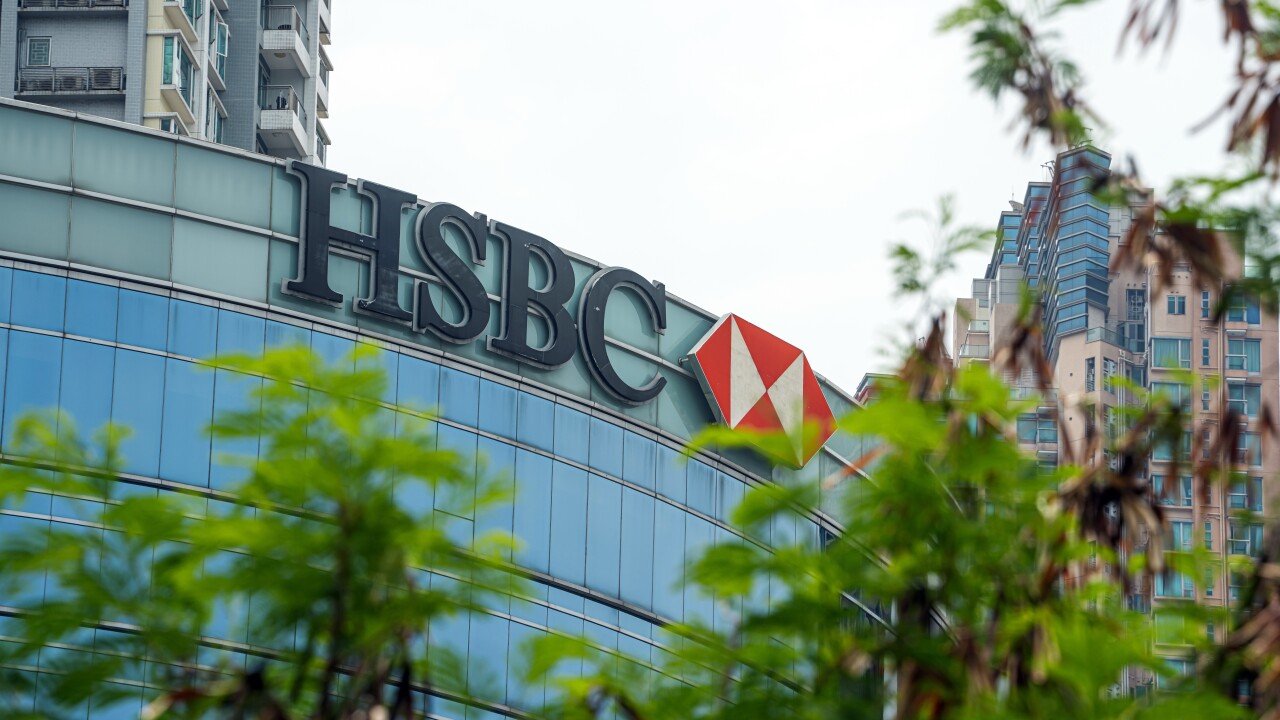For several years, the U.K.’s check clearing system has lagged behind other nations. While the U.S., India, China, France and many other countries have steadily adopted modern image-based systems, the U.K. has kept with a traditional paper-based clearing system that has varied little in centuries.
However, this is finally set to change.
As part of the modernization of the U.K.’s payments systems, the new Image Clearing System is now being phased in. All banks and building societies across the U.K. are connecting their various deposit channels into the central infrastructure, a process that will be completed by the end of 2018.
One of the main reasons for the switch to an image-based system is simply cost. While there were still 405 million checks written in the U.K. in 2017, the annual Payments U.K. reports show that check volumes are consistently decreasing by 15% every year.

“Charities, small businesses and older people still value the check for a variety of reasons such as managing cash flow and having a clear, paper audit trail,” said Mark Bowerman, a spokesman for Cheque & Credit Clearing Co. “Checks are also useful in situations where the payer doesn’t know the account number or sort code of whoever they want to pay. But the paper-based clearing system involves the actual piece of paper being physically transported around the country. So, in the face of decreasing check volumes, the per-item costs of clearing a check were increasing.”
For some customers, the new system will not come as much of a surprise. Banks such as Barclays, Lloyds and Clydesdale have already trialed imaging technology on their customers through mobile banking apps, but until very recently it has only been possible for their customers to use it when the check writer was from the same bank. Now customers from these three banks can cash in a check from any bank in this way.
For everyone else, the overwhelming difference will be speed. While checks have previously taken six weekdays to clear, the image-based system will typically take less than a day. “If you pay in a check on a weekday you will be able to withdraw the funds by 23:59 on the next weekday at the latest, provided that the check has not bounced,” Bowerman said.
This is because once a customer has paid a check into their account, the interconnected deposit channels within the new clearing infrastructure enable banks and building societies to create an image of the check, and then exchange the file electronically for sorting, clearing and payment.
As part of this digital shift, even more banks and building societies are likely to allow their customers the option of paying in a check by scanning it through an app on their phone or tablet, rather than having to physically go to their local branch. However, it will still be possible to pay in checks in the normal variety of ways.
But as well as increased convenience and faster clearing times, Cheque & Credit Clearing hopes that the new system will foster greater innovation. “It will be easier for new challenger banks to connect to the new system and enter the market with check products, which could increase competition within the sector and lead to better products for check users,” Bowerman said.
In recent years, concerns have been raised that an image-clearing system could lead to an increased propensity for fraud — particularly when customers are able to upload an image themselves via an app — pointing to a risk of images being manipulated or paid twice.
However, having consulted payments experts in other countries where image-clearing systems have already been in place for several years, Cheque & Credit Clearing is hoping to benefit from their experience, through introducing similar security and checking mechanisms. In addition, the government has introduced regulations to ensure that customers have legally binding compensation rights in the case of fraud or error when using the Image Clearing System.
“By actually being ‘late to the party’ the U.K. should benefit from other countries’ experiences and thus avoid any disadvantages or problems which it may have otherwise encountered,” Bowerman said.





